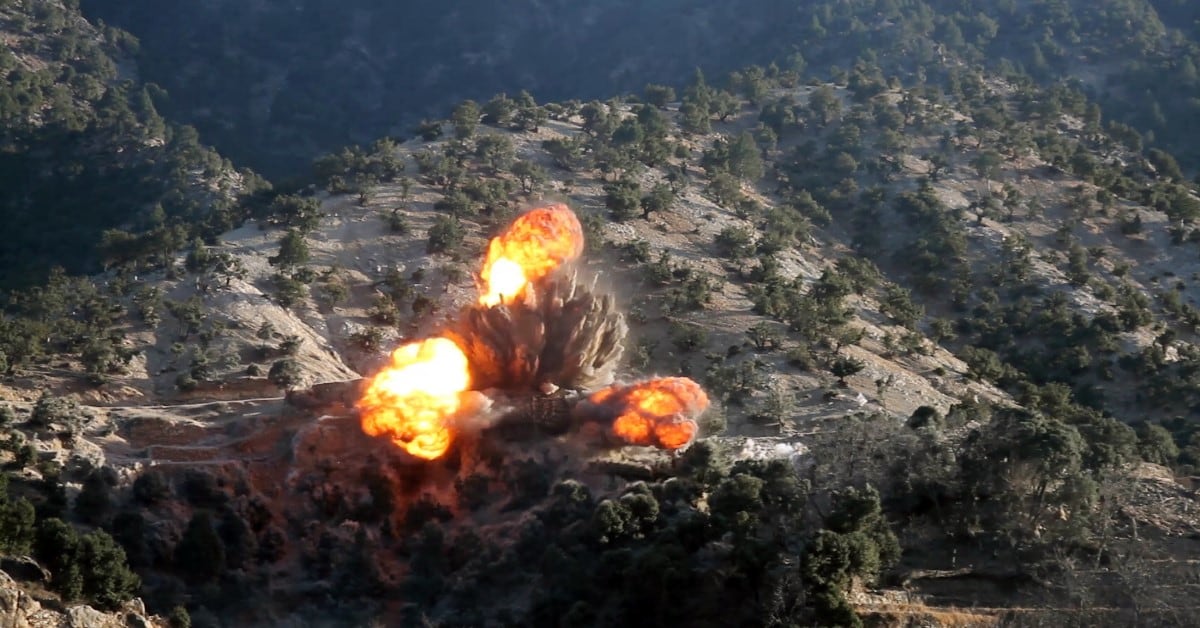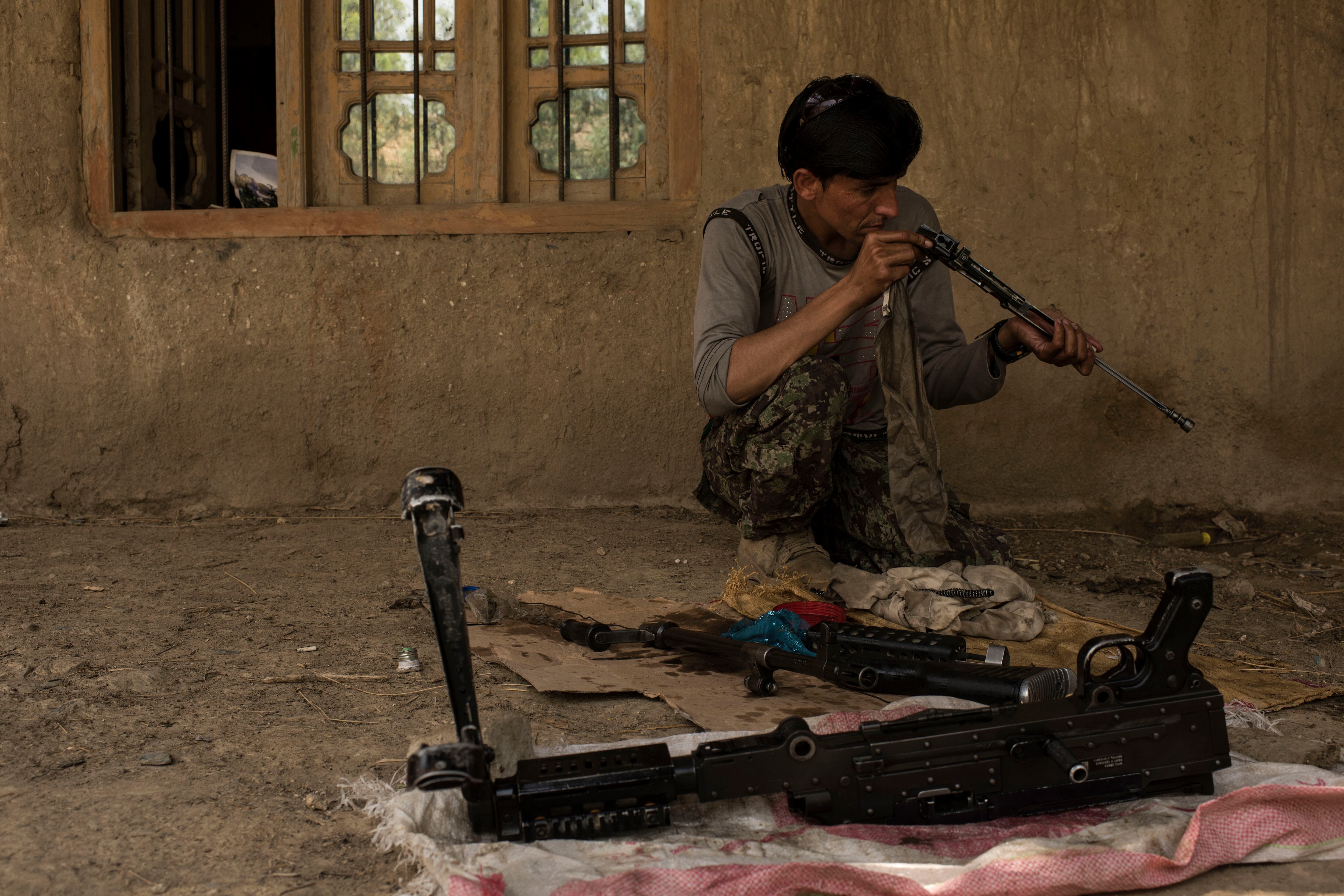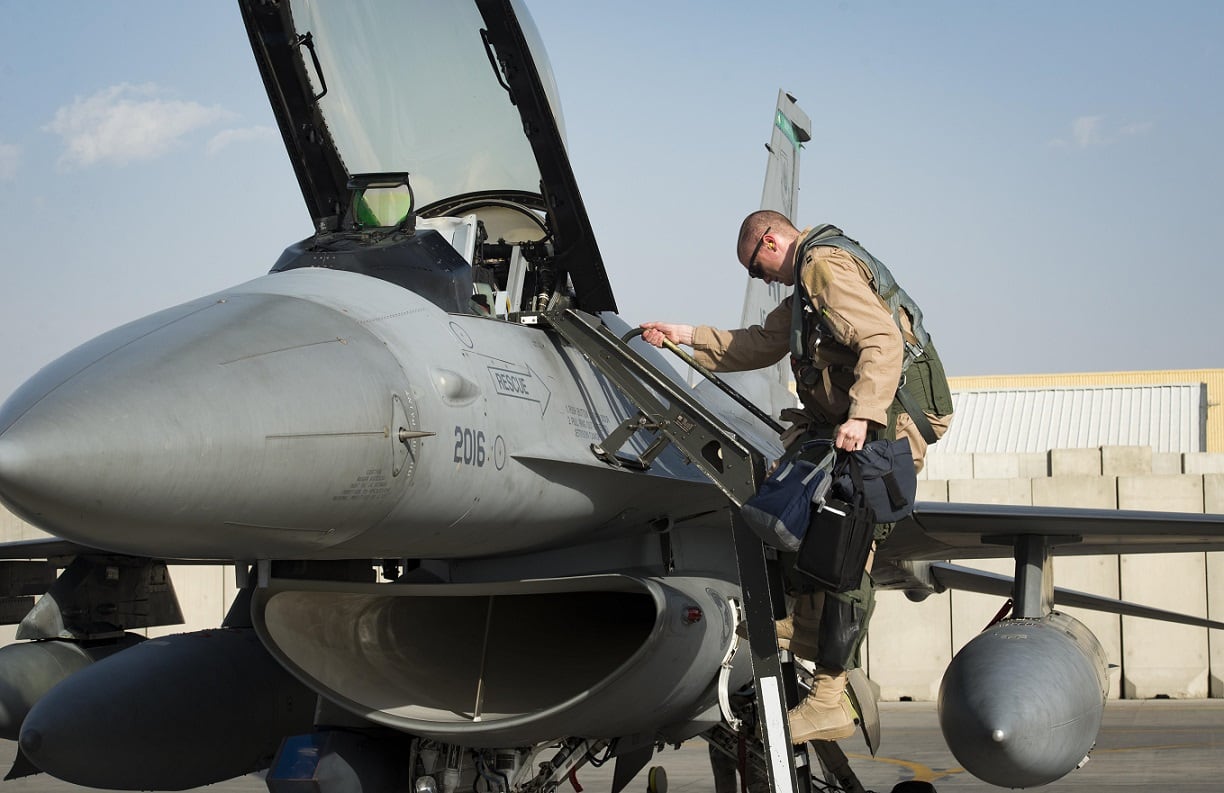U.S. airstrikes killed two leaders of ISIS-Khorasan — the Islamic State’s Afghan offshoot — this month, as U.S. commanders claim they are fighting a narrative pushed by Russia that IS is growing in the country.
Omair and Abu Samaya, ISIS-K’s lead facilitators of foreign fighters, were killed during a meeting in the northern Afghan province of Sari Pul. Later that same night, Afghan Special Security Forces killed an additional 13 ISIS-K fighters during a raid in Jowzjan, a neighboring province.
The raid occurred in an area ISIS-K believed to be a safe haven for the arrival of their foreign fighters and weapons, according to a press release from NATO Special Operations Component Command-Afghanistan.

Over the last two months, Afghan security forces and U.S. targeting has eliminated more than 140 ISIS-K fighters. And while the pressure on ISIS-K coincides with pressure to bring the Taliban to the negotiating table with the Afghan government, officials say the two developments aren’t necessarily linked.
“We are not interested in playing political games with the enemy,” Navy Capt. Tom Gresback, public affairs director at Resolute Support headquarters, told Military Times.
“ISIS-K and the Taliban are not only enemies of Afghanistan, but each other,” Gresback said.
Still, he reiterated that neither the Afghan security forces, nor the U.S. military, is playing “games by empowering one terrorist group over another.”
RELATED

“That is not our job. Our goal is to exert military pressure on all the enemies of Afghanistan, regardless of their affiliation,” he said.
Unable to take root in Afghanistan, ISIS-K relies on external support, but reports that there is a significant growth of the group are not based in reality, Gresback said.
At the same time, U.S. leadership in Afghanistan says its combating a narrative propagated by Russia that IS is, in fact, growing there.
“According to our data, the IS presence in northern and eastern Afghanistan is rather serious. There are already thousands of gunmen,” Russian Foreign Minister Sergey Lavrov said on Feb. 20, according to the state-run TASS news agency.
"We are alarmed as, unfortunately, the U.S. and NATO military in Afghanistan makes every effort to silence and deny [the IS group’s presence in Afghanistan]," Lavrov said.
U.S. officials, however, do not agree with that assessment.
“[U.S. Forces-Afghanistan] has no evidence of any significant migration of IS-K foreign fighters. We see local fighters who switch allegiances to join ISIS for various reasons, but the Russian narrative grossly exaggerates the numbers of ISIS fighters that are in the country,” Gresback said.

That sentiment was echoed by Gen. John Nicholson, the head of U.S. Forces-Afghanistan, in an interview with BBC News late last week.
"This narrative then is used as a justification for the Russians to legitimize the actions of the Taliban and provide some degree of support to the Taliban," Nicholson said.
Nicholson claimed that weapons were being provided to the Taliban from Russian sources, although he did not clarify the quantities and qualities of the arms.
RELATED

“We've had weapons brought to this headquarters and given to us by Afghan leaders and said, ‘This was given by the Russians to the Taliban.’ ... We know that the Russians are involved," he said.
The Russian embassy in Kabul pushed back against those assertions, calling them “idle gossip,” according to the Moscow Times.
"Once again, we insist that such statements are absolutely baseless and appeal to officials not to talk nonsense," the Russian embassy said.
Kyle Rempfer was an editor and reporter who has covered combat operations, criminal cases, foreign military assistance and training accidents. Before entering journalism, Kyle served in U.S. Air Force Special Tactics and deployed in 2014 to Paktika Province, Afghanistan, and Baghdad, Iraq.




